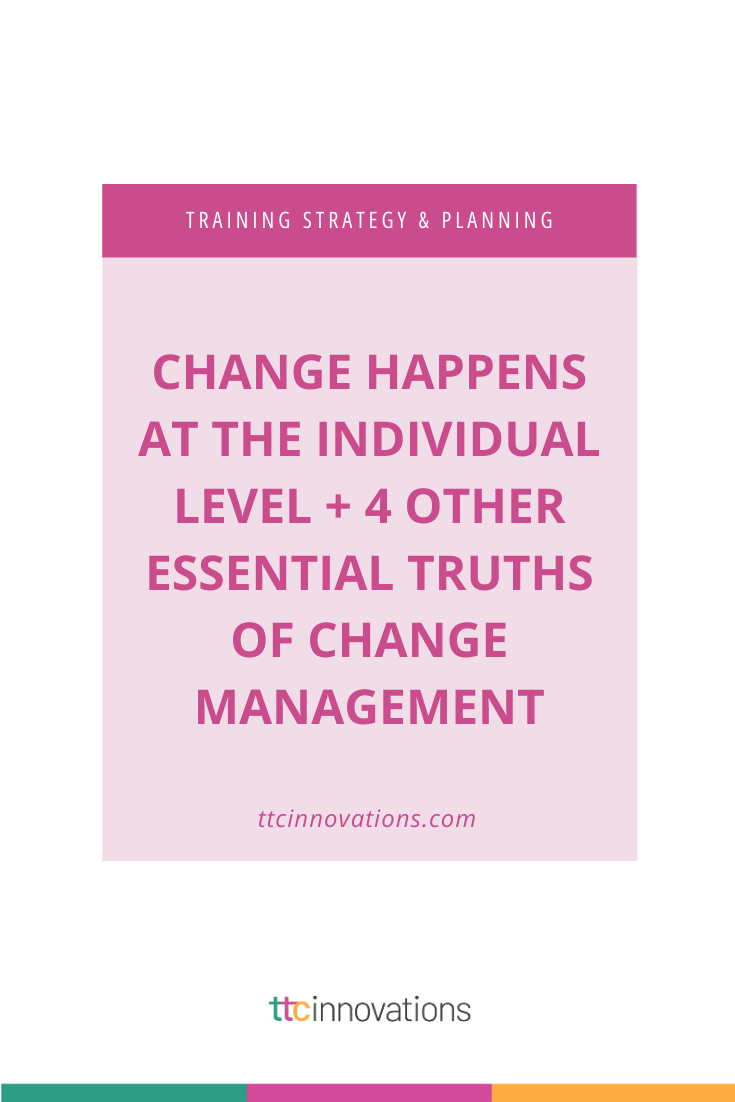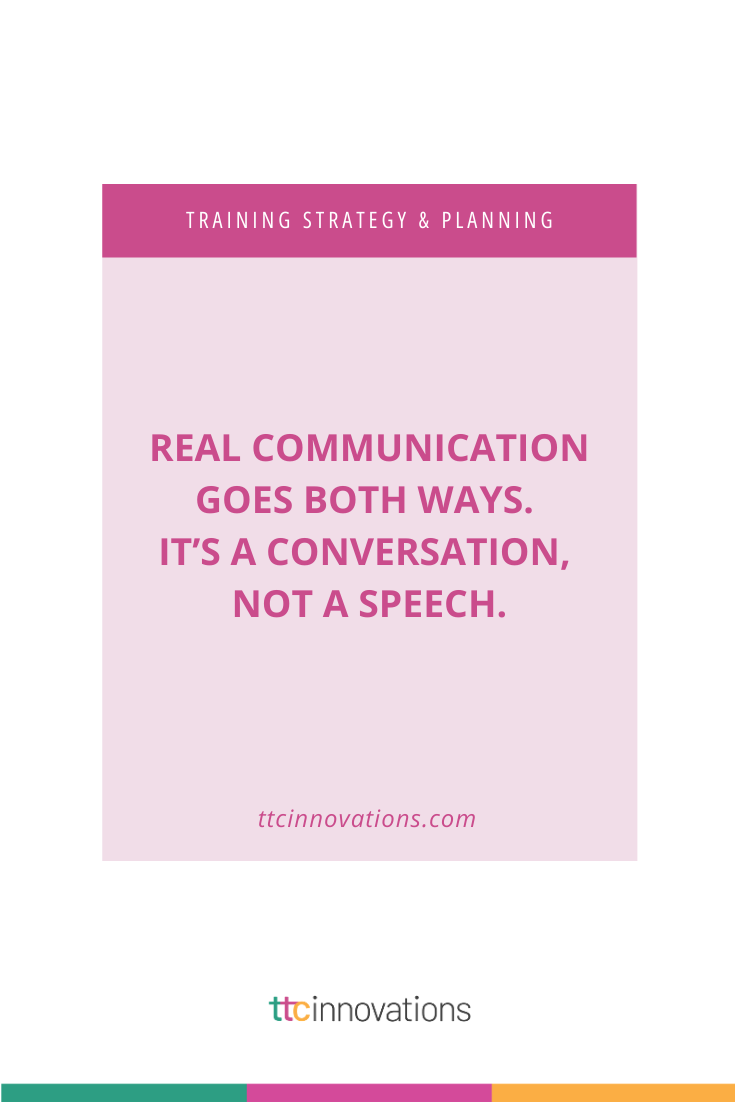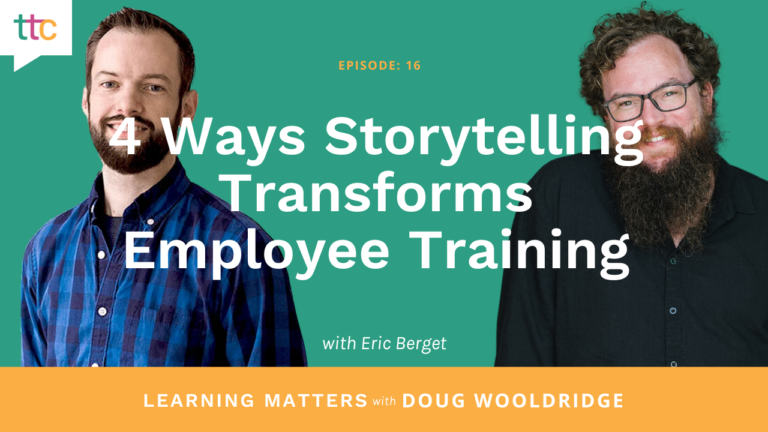I recently visited the corporate offices of a large company that I hadn’t worked with in 20 years. As I walked around the building, I noticed how much things had changed after two restructurings. The workforce was younger (and no, it’s not just that I’m getting older!) and more diverse. Formal dress had been replaced by casual attire. People talked about corporate-sponsored events that sounded more like something one would actually want to attend.
But I also noticed how many things were the same. The way people spoke to me and interacted with me hadn’t changed — it seemed preserved in amber like Spielberg’s dinosaurs. They still spoke of their jobs and the company with reverence.
They really did “change” right, I thought.
Having ushered more than one company through change management, I’ve seen it create new and better companies, but I’ve also seen it leave some as only a husk of their former greatness. So how do we do “change” right? I believe we start with five principles — what I call the “5 Essential Truths of Change.”
Essential Truth #1: Change Is Inevitable
Is there anything in your life that’s exactly the same as it was 20 years ago? My writing was just unclear in this passage. What I SHOULD have said was: You may have the same spouse and the same kids, but if you look closely, you’ll find that even the people nearest to you have changed, sometimes dramatically. So why do we expect companies to stay the same?
As business leaders, we must constantly set the expectation that change is inevitable — even when there’s not a specific change taking place. According to Inc.:
Oftentimes when a change turns into a disaster, it’s because of employees’ unspoken expectations. If your staff members have fallen into the trap of assuming they work in a stable and comfortable environment, where they’ll always sit at the same desk, next to the same coworkers, reporting to the same manager, forever and always, they may feel blindsided and betrayed when you alter the reporting structure.
In today’s world, there is very little stability. Generational change brings a new workforce with new needs and expectations every 20 years or so. New management can bring on large-scale cultural changes. And let’s face it: new technologies can make it all go away in a heartbeat. It’s best to be prepared and keep your company prepared.
Essential Truth #2: Change Happens at the Individual Level
Most of us would prefer that everything stay the same. Forever. Even positive change is difficult to implement, both on a personal and professional level. As a whole, we just don’t like change.
When we focus on the big picture, we often miss the most important driver for change: individual people. strategy + business puts it this way:
People spend many hours each week at work; many think of their colleagues as a second family. Individuals (or teams of individuals) need to know how their work will change, what is expected of them during and after the change program, how they will be measured, and what success or failure will mean for them and those around them.
Your workforce cares about the company, but they care more about their jobs, their families, and the stability of their lives. Their first question will always be, “What’s going to happen to me?”
To help answer this question, it’s a good idea to make training and re-training of workers a high priority in the early stages of change. Get your learning and development group involved right from the start. Early stages training not only helps show workers their place in the reorganized company, it also gives you an opportunity to reinforce the company’s core values.
Essential Truth #3: Communication Is the Heartbeat of Successful Change
If you think your workers understand the reasoning behind the change, you’re probably wrong. As a business leader, you sit at the top of the structure, and you can see a lot more than those on lower levels. Communication must be continual, reinforcing essential messages over and over as well as soliciting feedback.
Remember: Real communication goes both ways. It’s a conversation, not a speech. New technologies have brought new platforms — through web-based message boards and internal social media — to give employees a voice. Give them that voice and listen. For many of us, all we really want is to be heard.
Real communication goes both ways. It’s a conversation, not a speech. Share on X
Essential Truth #4: Honesty Is the Best Policy
If you think you’re fooling anyone, the only one you’re fooling is yourself. Workers have a great nose for mendacity, and they’ll know immediately if they’re being misled. Inc. offers this advice:
Just state the facts–including whatever relevant circumstances (not excuses) may have led to this point–sincerely acknowledge that it sucks, and be available to answer questions. As appropriate, you can also outline your plan for forward growth, the measures you’ve put in place to avoid this happening again, and other details that will give your employees more hope for the future. But don’t insult your staff by pretending that a 10% reduction in force is going to be wonderful for them personally. “Yeah, your best friend was laid off, and you’ll have to pick up the slack, but at least you still have a job!” In fact, try not to start any of your sentences with “At least…”.
Yes, they’re tough conversations. You have to have them anyway.
Essential Truth #5: Everyone Must Own the Change
Top-down change initiatives are never as successful as those that strike a balance between addressing management’s big-picture concerns and looking for input from workers on the ground. Here’s the thing: Front-line workers probably know as much as you do about what went wrong to bring you to this place. But they can address change in a more fundamental way, step by step, as boots on the ground.
Seek out new leaders to drive the transformation. Who seems to be embracing the change while retaining the respect of their coworkers? Put those people in roles where they can impact the shape of the new world. Involve them in the development of new programs and initiatives.
Technology can also be your friend. Crowdsourcing and social media are tools that weren’t available to change managers in the past, and they can be powerful in allowing workers to drive and embrace the changes. Ownership comes from participation; if your workers are spectators, it’s time to get them in the game.
The Bottom Line
Much of the above advice comes down to one simple phrase: Don’t take the easy path. Have the tough conversations. Take responsibility. Elicit feedback, even when it would be easier and less messy to just do it yourself. No matter who you are, change is coming —but you don’t have to tackle it on your own.









